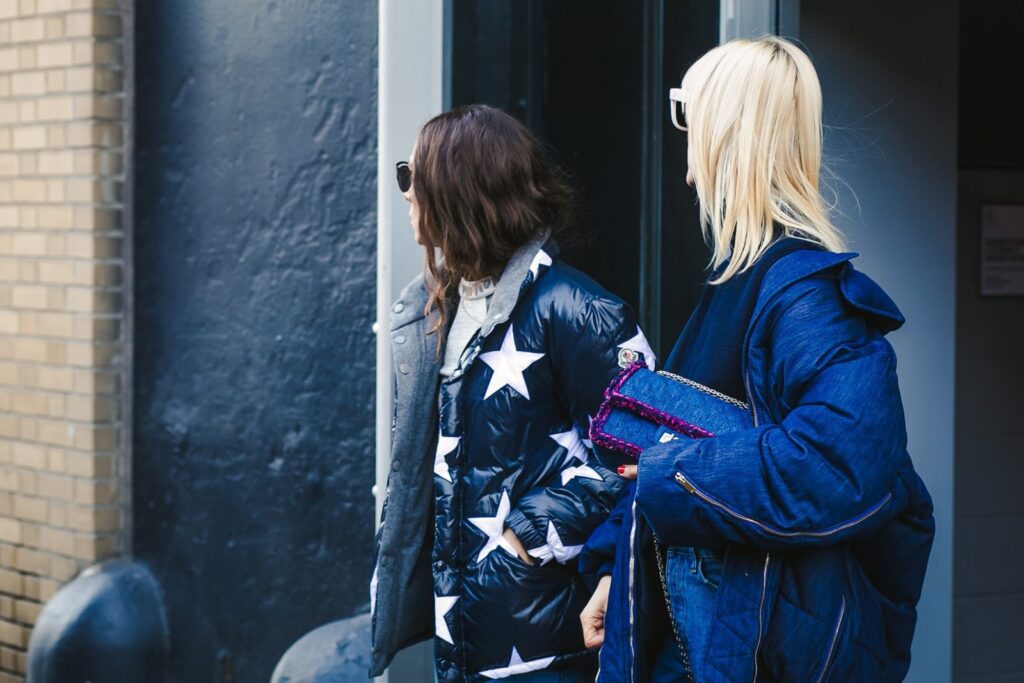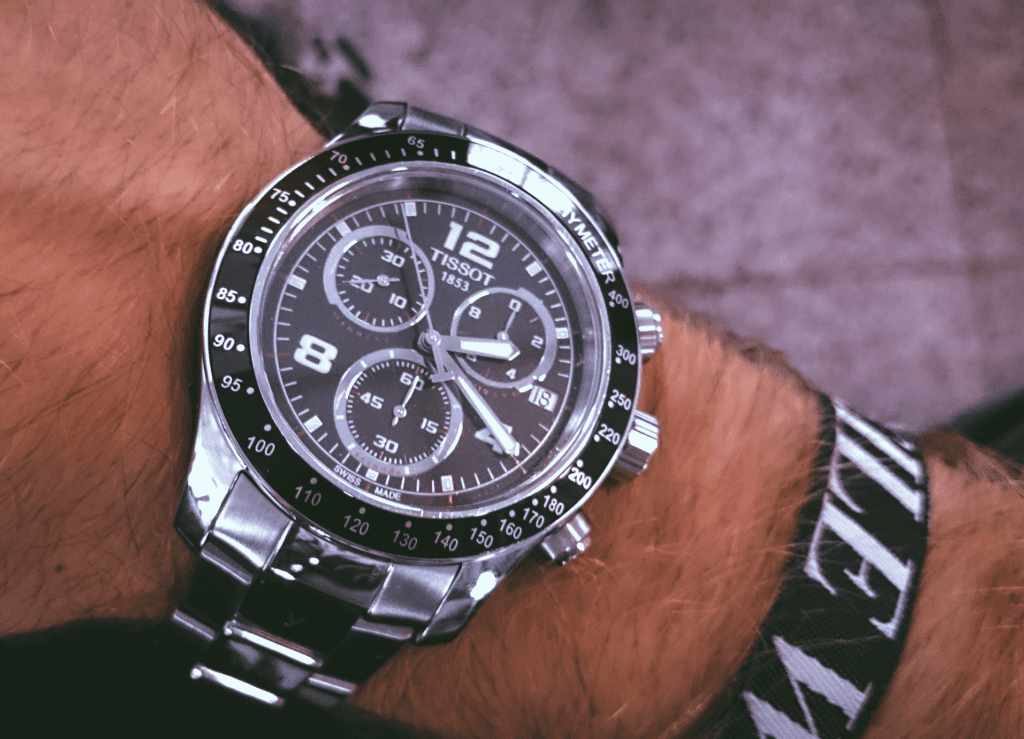Advertising through social media – and especially the use of influencers – has become increasingly popular given the global reach that this type of marketing provides for brands across industries. As companies continue to turn to heavily-followed personalities to amplify their products/services, a new frontier of legal challenges has come to the forefront. As discussed in Part I of this influencer-focused series, influencers and brands must take care to abide by advertising regulations across various jurisdictions given the ease with which social post media posts from influencers in one country can reach consumers in another.
An additional concern that stems from influencer advertising is the unauthorized use of intellectual property, such as copyrighted works, brand names and logos, and a person’s name and likeness. This includes the unauthorized use of writings, photographs, videos, audio recordings, artwork, and other creative materials without the rights holder’s authorization. At a high level, brands making use of influencer marketing – and influencers, themselves, should be aware that …
Copyright exists from the moment of a work’s creation, and does not necessarily require formal legal protection, such as registering the work with the U.S. Copyright Office or pursuant to the European Union Directive on Copyright in the Digital Single Market. (Although, registration is a pre-requisite to waging a copyright infringement lawsuit in the U.S.) Once a copyright protected work is created, it generally cannot be used by a third party without the creator’s permission.
Brand names, logos, and other trademarks indicate the source of goods/services and distinguish brands from one another. While they may be formally protected, such as a trademark registered with the U.S. Patent and Trademark Office or the World Intellectual Property Organization, a level of common law protection exists in many countries that allows the earlier user of a brand name or logo to prevent subsequent use by another party.
Finally, rights exist with respect to a person’s name and likeness, such as by way of right of publicity laws in the U.S., and individuals in many countries have the right to control the use of their name and likeness for commercial purposes.
The possibility of a brand being held liable for its influencers’ unauthorized use of intellectual property is varied. In general, however, if an influencer uses intellectual property that he/she does not own, and they do not have permission to do so, the influencer risks liability for itself and the brand for which it is advertising. In the U.S., a brand can be secondarily liable if it had constructive knowledge of its agent’s use of such IP. Other countries like the United Kingdom, are more lenient, and will not impose liability unless the brand facilitated the infringement. Nevertheless, because the internet allows content to be broadcast far and wide, brands should exercise caution and monitor their influencers’ content to ensure that they are complying with applicable intellectual property law and rules.
Intellectual property rights, and the manner in which unauthorized use of IP can be enforced, varies within countries and from country to country. With very limited exceptions, influencers do not have the right to use others’ intellectual property without their authorization. Fortunately, there is a simple solution for influencers to avoid facing legal action for unauthorized use of intellectual property: permission. If an influencer wants to use someone else’s copyrighted work, such as music, or their trademark-protected brand name, the influencer should consult with counsel and seek the written permission of the owner before repurposing the intellectual property.
Responsibilities of Brands & Best Practices
With the foregoing in mind, how can brands best protect themselves from liability for their influencers’ conduct? First, the relationship between a brand and an influencer should be governed by a contract. Having a contract enables brands to impose requirements to ensure influencer compliance with applicable law and rules, and to make sure that those requirements are followed. It also allows brands to allocate responsibility in the event of noncompliance.
Second, brands should institute clear procedures for how influencer content will be presented to the public. This may include practical requirements, for example, required language and hashtags on a post, a “this is a sponsored post” statement that is reiterated during a livestream promotion, or a clearly positioned disclaimer that appears on content posts. Brands should consult with counsel in developing these procedures to make sure that they comply with requirements in the strictest jurisdiction that is reasonably foreseeable to fall within the sponsored content’s reach.
Third, brands should make influencers aware that permission is required for them to use others’ intellectual property. Brands should require proof of written permission for the use of third-party intellectual property by their influencers and should consult with counsel to ensure that their influencers’ use of third-party IP complies with applicable law and rules.
While disclaimers can be standardized, influencers usually retain control over the creative aspect of their content, thus creating more room for error in the use of third-party intellectual property. As such, brands/influencers may contract to require the influencer to indemnify the brand for any unauthorized use of third-party intellectual property in the influencer’s content. This may be of limited benefit, however, in the event that influencers may not have deep pockets, and owners of intellectual property may still press for a finding of liability against the brand to receive meaningful relief.
Finally, brands should closely monitor their influencers to ensure compliance with their prescribed disclosure requirements and to make sure that any third-party intellectual property repurposed by their influencers is authorized.
THE BOTTOM LINE: Influencer advertising offers a valuable way for brands to advertise their products, but influencer content is easily distributed around the world, and thus, it is subject to varying legal and regulatory requirements. Because the ultimate liability for influencer misconduct may lie with brands, companies should err on the side of caution by contracting with influencers, requiring that they clearly identify their content as advertising in specifically prescribed ways, and ensuring that their influencers obtain permission to use third-party intellectual property.
By imposing these conditions on their relationships with influencers, and monitoring to ensure compliance, brands can enjoy the benefits of influencer advertising while reducing the risk of being blindsided by fines or penalties for violating laws or rules in another country.
Daniela Della Rosa is a Partner at Curtis, Mallet-Prevost, Colt & Mosle LLP based in Italy, who advises international premium brands on their commercial operations, M&A and IP portfolio management in Italy, the U.S. and internationally.
Eric Stenshoel is a Partner at Curtis based in New York and is notable for his breadth of intellectual property experience, which includes developing and protecting international portfolios of trademark rights, as well as compliance with U.S. copyright law.
Kaitlyn Devenyns is a litigation associate at Curtis based in New York with an emphasis on cosmetics litigation.











